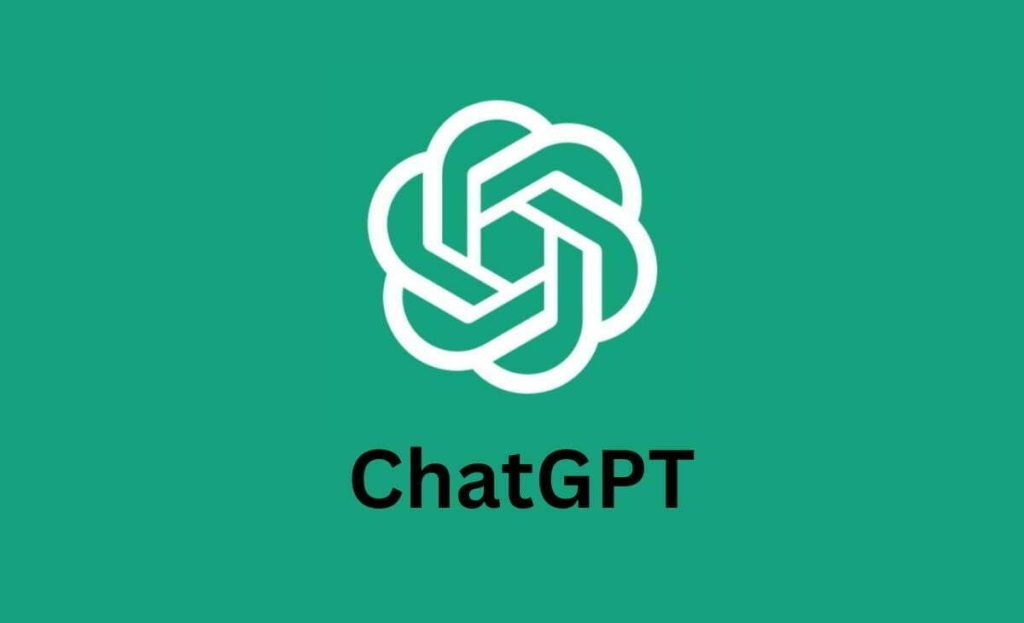WordPress.com has introduced a new AI website builder designed to help users create an entire website in just minutes.
Available now in early access, the feature allows anyone with a WordPress.com account to try it out free of charge. It uses a conversational interface that responds to user prompts to generate complete sites, including written content, images, colour schemes, and layouts.
Users begin by describing what kind of website they need—whether a blog, portfolio, or business site—and the AI does the rest.
The more specific the initial description, the more tailored the outcome will be. If the first version isn’t quite right, users can continue refining their site simply by chatting with the builder. Once the result is satisfactory, the website can be published directly through WordPress.com.
Currently limited to basic websites, the new tool does not yet support complex features such as ecommerce or external integrations. WordPress has indicated that more functionality is coming soon.
The generated sites remain fully customisable using the usual WordPress tools, giving users full control over editing and manual adjustments post-creation.
At launch, users get 30 free prompts before needing to choose a hosting plan, with pricing starting at $18 per month.
While similar AI tools have been introduced by platforms like Wix and Squarespace, WordPress’s version brings such technology to a significantly wider audience, given that the platform powers over 40% of all websites worldwide.
For more information on these topics, visit diplomacy.edu.










